A natural path between black beaches, thermal baths, valleys of “monsters” and walks on the edge of the crater!
Mount Etna is not the only volcano in Sicily where you can go on an excursion. Among the most evocative excursions, in fact, there is the one on the Isola di Vulcano, in the arcipelago of Eolie, in the province of Messina.
The seven volcanic islands that make up the Eolie (in alphabetical order: Alicudi, Filicudi, Lipari, Panarea, Salina, Stromboli and Vulcano), became part of the UNESCO World Heritage List in 2000 because this volcanic archipelago represents a model important for the study of global volcanology.
Much of the island would also be part of the Isola di Vulcano Oriented Nature Reserve but some legal disputes have temporarily suspended the activity of the reserve. In any case, the dual value of nature reserve and a World Heritage Site highlights how unique this area is and constitutes an unmissable place in many respects.
Obviously, those who love excursions on volcanoes cannot miss the opportunity to climb up to the Gran Cratere, also known as the Fossa del Vulcano. On the island, in fact, it is possible to follow the road of the Scalata al Cratere to be able to walk on the edge of the summit of the volcano, with a diameter of more than 500 meters! It is an enormous chasm within which secondary phenomena of volcanism still occur, including fumaroles, small geysers and solfataras. The volcano has been dormant since 1890 and shows intense activity in the emission of high-temperature gas and steam. The Gran Cratere is located at a height of 391 meters above sea level: from here it is possible to enjoy a splendid view of the island and the entire archipelago of Eolie.
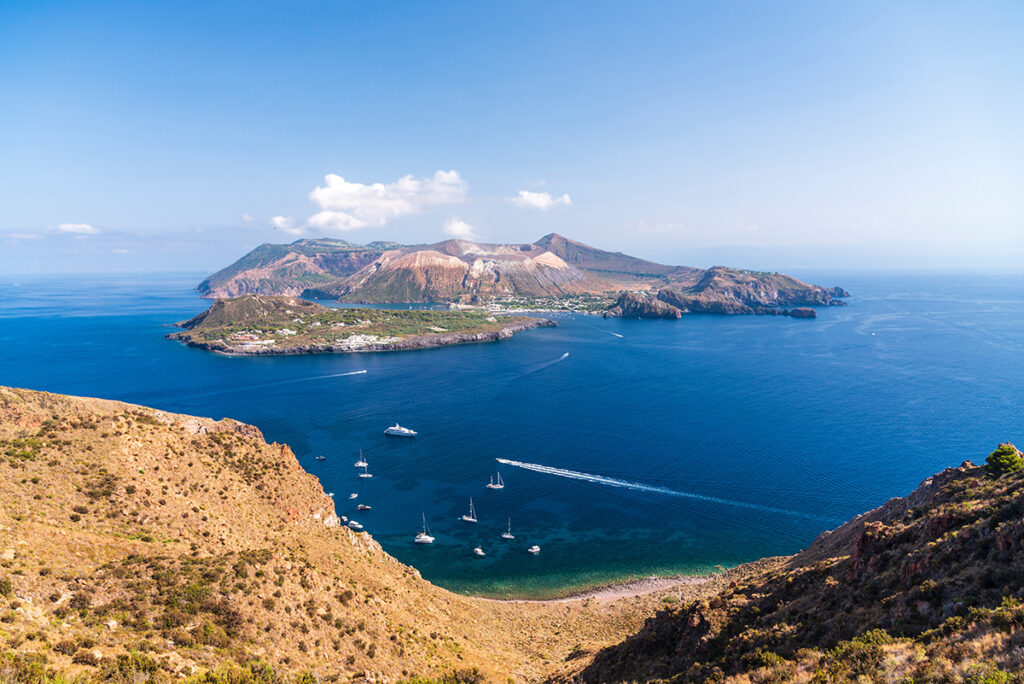
The area of the nature reserve also includes two inactive craters: Monte Aria and Monte Saraceno. The vegetation throughout the area is characterized by Mediterranean scrub and the remains of an ancient forest of oaks and holm oaks, the latter still present in the Gelso district. The fauna is varied and you can also find large birds of prey, present throughout the archipelago.
A narrow isthmus of land connects the Isola di Vulcano with Vulcanello, which has a height of 123 meters above sea level. The area should have arisen from the sea in 183 BC, according to what was documented by the writer and naturalist Plinio il Vecchio. Under the eastern part of the Vulcanello, as well as in other parts of the island, there are intense fumarolic activities present even below sea level. Vulcanello is also famous for the Valle dei Mostri: a series of rocks of magmatic origin which, eroded by the wind, have taken on enigmatic shapes, similar to mythological animals, “monsters” precisely, which attract travelers in search of unique views where they can take splendid photos, perhaps at sunset.
There are also natural spas on the island. The Pozza Termale, above all, has always been one of the major attractions of the island: it is a pool of hot water that is fed by volcanic fumaroles and which has natural therapeutic properties. The Pozza Termale has been closed for the last four years but during the summer of 2024, following some work, it should be reopened. Even the Baia delle Acque Calde, with its jets of hot water that come directly from the seabed, has beneficial effects on the body and skin.
Trekking loverscan also take the Antica Via Reale, a path that connects the port to the small village of Gelso, built in the second half of the 1700s. Known as “a strada vecchia”, this path winds along the slopes of the crater and extends for five kilometers.
The Isola di Vulcano is also famous for its beaches. The most famous is the Spiaggia delle Sabbie Nere, near the Porto di Ponente, the most popular part of the island. The name is due to the black color of the sand, of the volcanic type. This beach has a free part and an equipped part.
Surrounded by nature there is the Spiaggia Punta dell’Asino: far from the main center of the island, the beach is among the most loved by islanders and tourists. The Spiaggia di Gelso, with its Faro di Capo Gelso, takes its name, instead, from the small village on the southern part of the island. This is also a lesser-known and crowded beach. What all the beaches have in common, in addition to the volcanic sand, is a clear and crystalline sea.
Walks on the crater, valleys full of “monsters”, natural spas and unique beaches: the Isola di Vulcano is a true jewel to discover for lovers of the wildest nature.
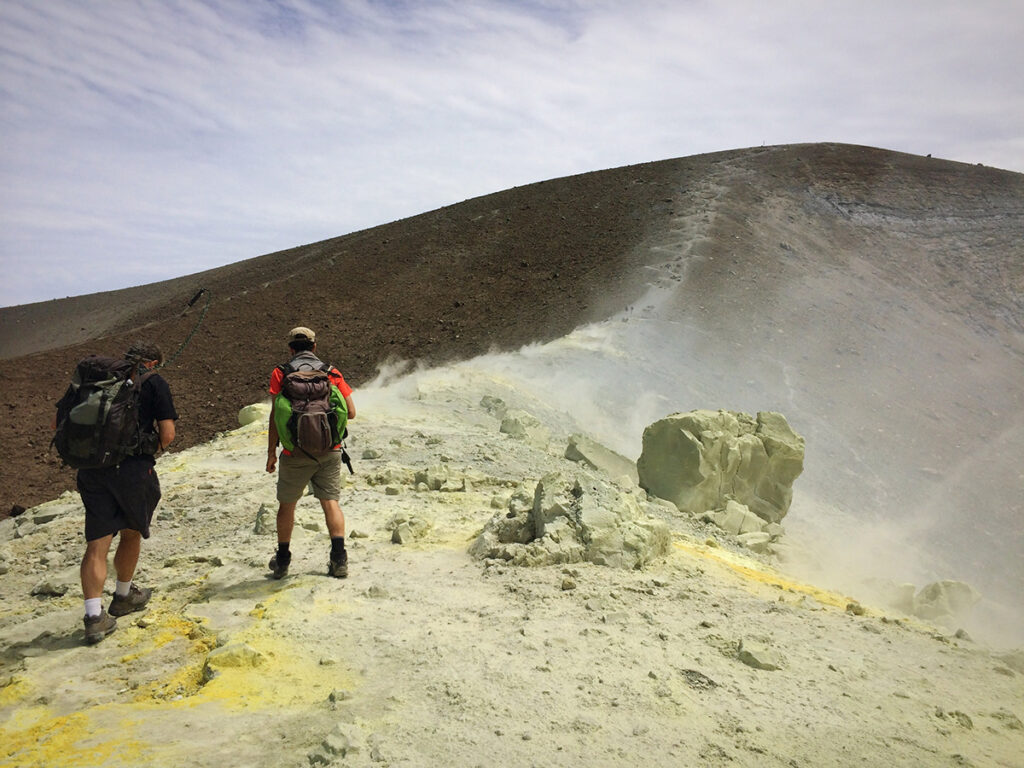

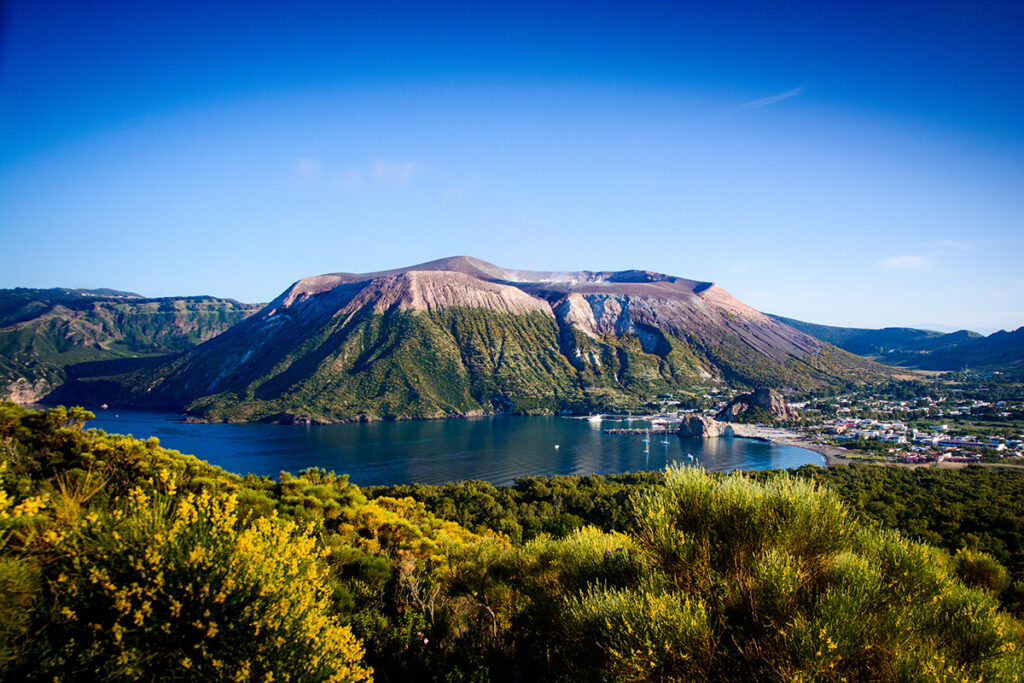
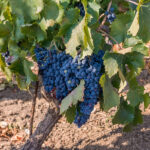
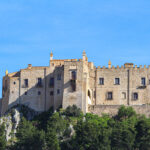
Comments are closed.